Why are astronomers so sure that the recent interstellar comet came from outside the solar system? Which is going to be the most exciting telescope, the James Webb Space Telescope or the Square Kilometer Array?
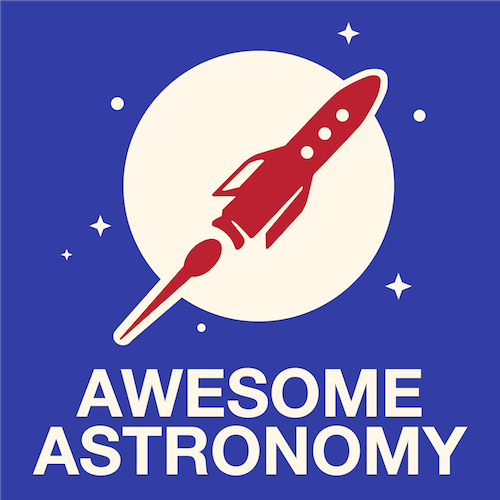

Why are astronomers so sure that the recent interstellar comet came from outside the solar system? Which is going to be the most exciting telescope, the James Webb Space Telescope or the Square Kilometer Array?
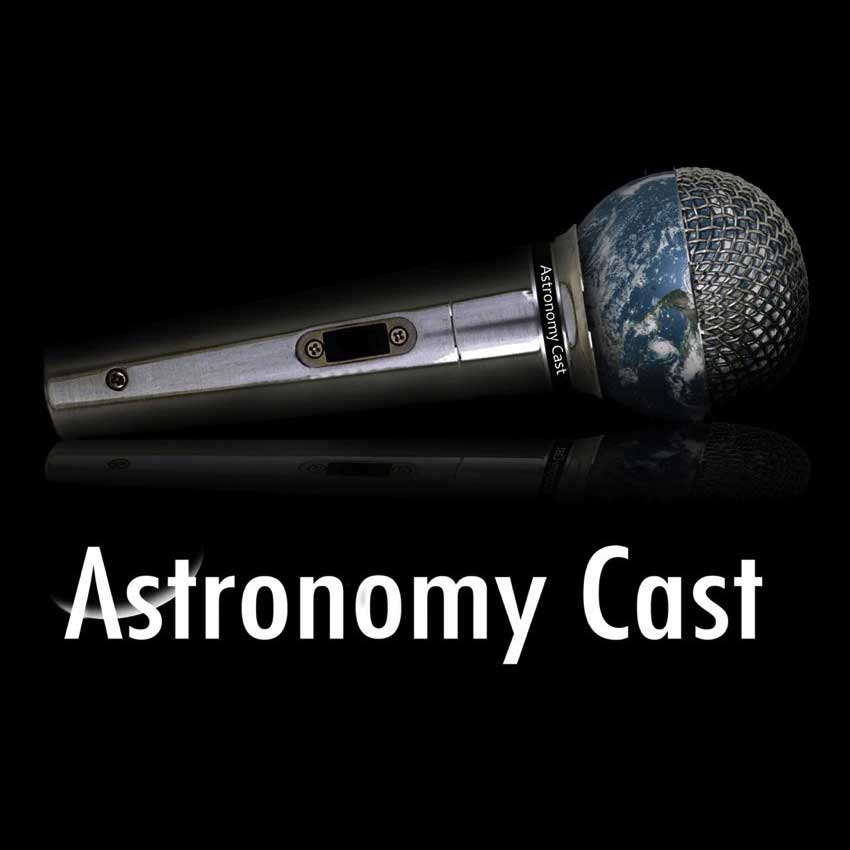
Let’s talk about that giant telescope that’s changing everything. The James Webb Space Telescope, AKA the JWST.
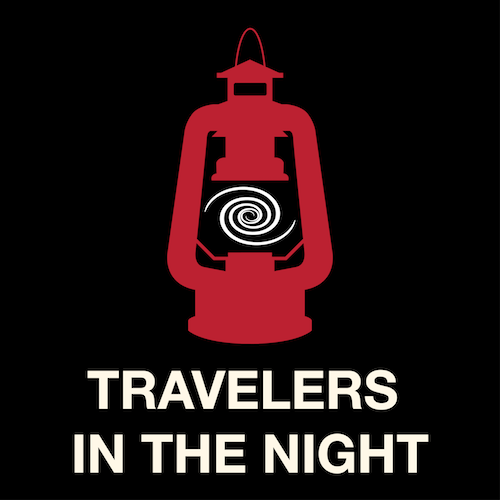
Today’s Travelers in the Night talk about JWST spotted a geyser of water vapor in Enceladus and the discovery of asteroid 2023 KM5
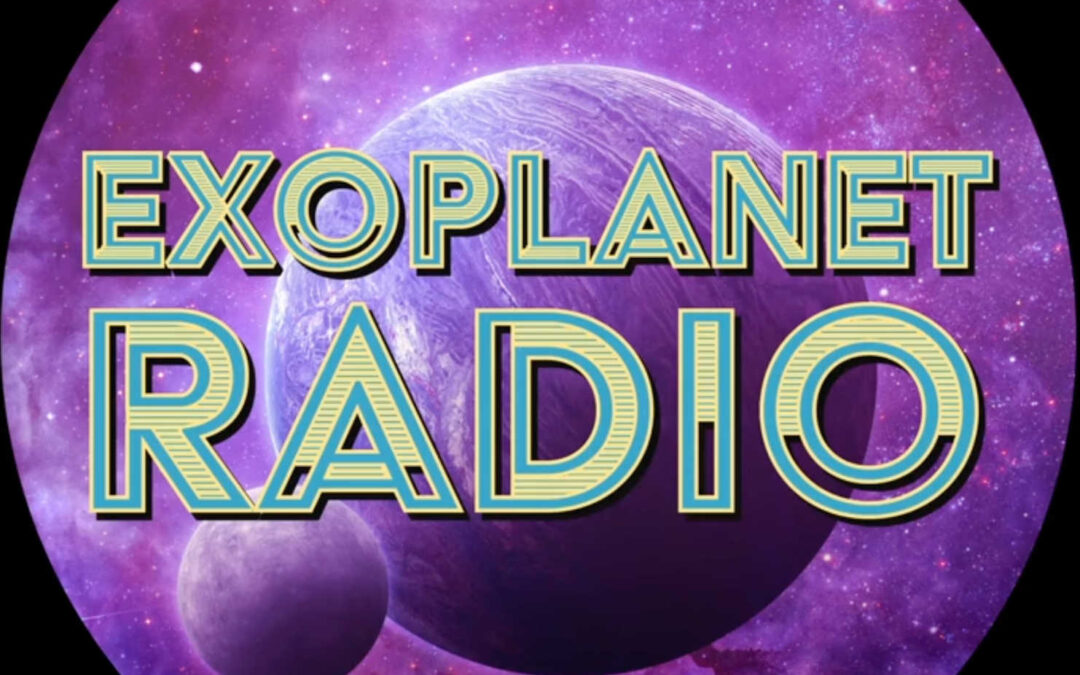
TRAPPIST-1 c receives a similar amount of radiation from its host star as Venus gets from the Sun. So the question, is this planet habitable?


JWST successfully took direct image of a gas giant exoplanet, and that means it has no rocky surface and could not be habitable.
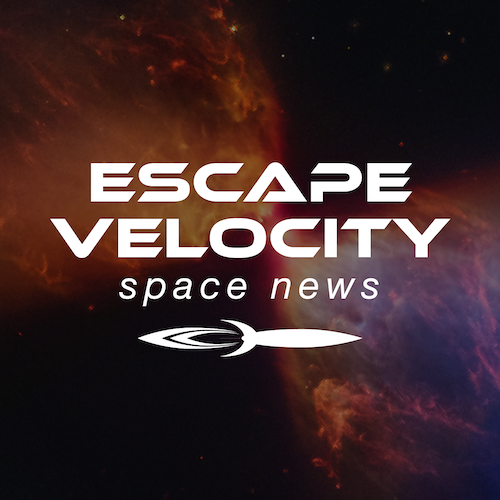
In this episode, we bring you stories on how JWST – Not LIGO and Virgo – spotted the most distant Black Hole merger to date, why the search for life on other worlds gets more challenging the more we look, and we take a deep dive into the things we’re doing that cause and relieve climate change.

The James Webb Space Telescope has detected its first exoplanet. Its name is LHS 475b, and astronomers believe it is remarkably similar to our own home planet.

JWST observed methane and carbon dioxide in the atmosphere of a planet. And we want to know that life is common. But we have not evidence yet. More at #365DaysOfAstro
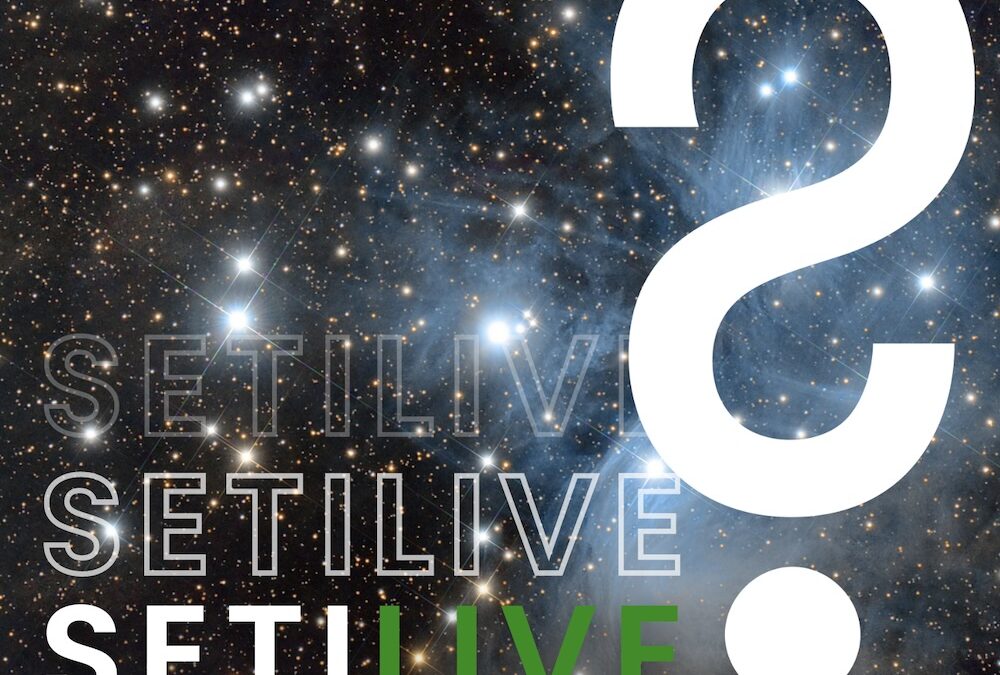
Exoplanet discoveries have been piling up faster and faster over the last decade. With the addition of JWST’s capabilities, previously discovered exoplanets are now being analyzed for their atmospheric composition, and the results are intriguing. Today SETI Live discuss about exoplanet K2-18 b that was found to contain carbon dioxide and methane